Ewha Centennial Hall (이화여고100주년기념관)
1.4Km 2024-02-20
26 Jeongdong-gil, Jung-gu, Seoul
Ewha Centennial Hall is a multimedia education center located next to Ewha Girls' High School. Spanning underground and five above-ground floors, it features a gallery, a cafe, music rooms, individual practice rooms, and audio-visual rooms. The Hwaham Hall on the first and second floors is utilized for performances such as musicals and concerts, as well as educational events.
Haemul Saryeongbu (해물사령부)
1.4Km 2021-03-19
10, Jong-ro 31ga-gil, Jongno-gu, Seoul
+82-2-763-8882
Blowfish broth is used for all dishes. The representative menu is braised beef short ribs and seafood/braised spareribs and seafood. This is a Korean cuisine located in Jongno, Seoul.
Bando Camera - Myeong-dong Chungmu [Tax Refund Shop] (반도카메라 명동충무)
1.4Km 2024-04-17
16, Samil-daero 4-gil, Jung-gu, Seoul
-
Gentle Monster - Zeus Eyewear Myeong-dong Branch [Tax Refund Shop] (젠틀몬스터 제우스안경 명동(위탁))
1.4Km 2024-04-18
2F, 105, Toegye-ro, Jung-gu, Seoul
-
Zeus Eyewear - Myeong-dong Branch [Tax Refund Shop] (제우스안경 명동)
1.4Km 2024-04-22
2F, 105, Toegye-ro, Jung-gu, Seoul
-
Uga Yukhoe Bulgogi (우가육회불고기)
1.4Km 2021-03-19
198-2, Jong-ro, Jongno-gu, Seoul
+82-2-2286-6656
This Korean cuisine is located near Jongno 5(o)ga Station, Seoul. It is located at Yukhoe Alley in Gwangjang Market, one of Korea’s representative traditional markets. The representative menu is sliced raw beef.
Woo Lae Oak (우래옥)
1.5Km 2024-03-07
62-29 Changgyeonggung-ro, Jung-gu, Seoul
+82-2-2265-0151
Woo Lae Oak is a Pyeongyang naengmyeon (Pyeongyang cold buckwheat noodles) restaurant established in 1949. Its signature dish is the Pyeongyang naengmyeon, known for their clean and light broth. Alongside the onmyeon (warm noodles), they also serve bulgogi, which complements the warm broth perfectly. The restaurant is renowned to the extent that customers often line up to dine, and it was selected for the Michelin Guide 2023.
Geumseonggwan Najugomtang (금성관나주곰탕)
1.5Km 2021-03-18
29, Namdaemun-ro, Jung-gu, Seoul
+82-2-753-7898
This is a Korean cuisine located in Myeong-dong, Seoul. The representative menu is Naju beef bone soup. It serves local dishes produced from Naju-si, Jeolla-do.
Davich Optical - Myeongdong Branch [Tax Refund Shop] (다비치안경 명동점)
1.5Km 2024-06-27
62, Sogong-ro, Jung-gu, Seoul
-
Jeongdong-gil Road (정동길)
1.5Km 2024-06-19
2-1 Jeongdong-gil, Jung-gu, Seoul
Jeongdong-gil Road is one of Seoul's most famous walking paths, stretching from the intersection in front of Jeongdong Church to Saemunan-gil Road. The street holds importance in Korea's modern history, with the surroundings serving as a living museum of this. During the Joseon dynasty, the area developed into a residental space for distant members of the royal family, with a palace and royal tombs in the area. In 1999, the pedestrian walking area was expanded by turning the two-way road into a one-way road. Since then, the road has earned many awards and honors.
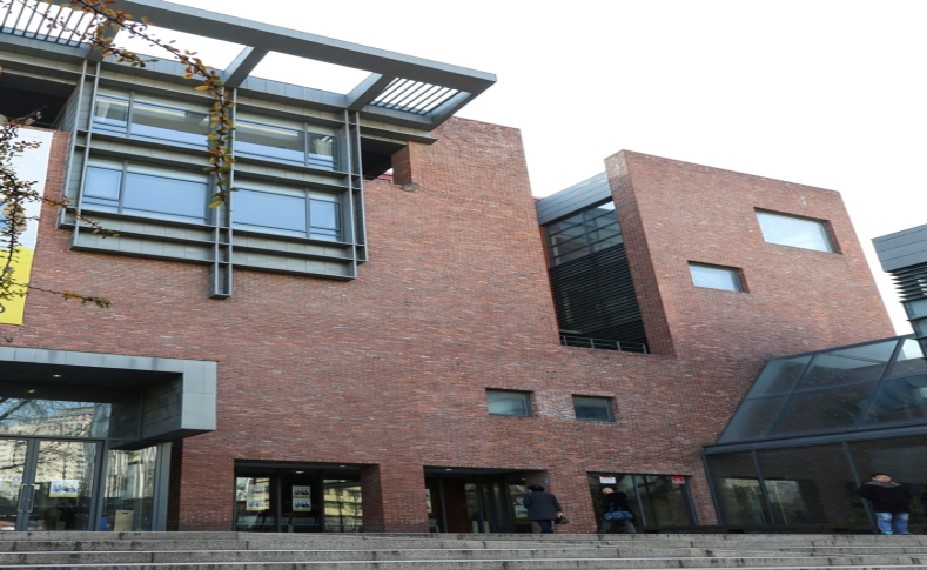
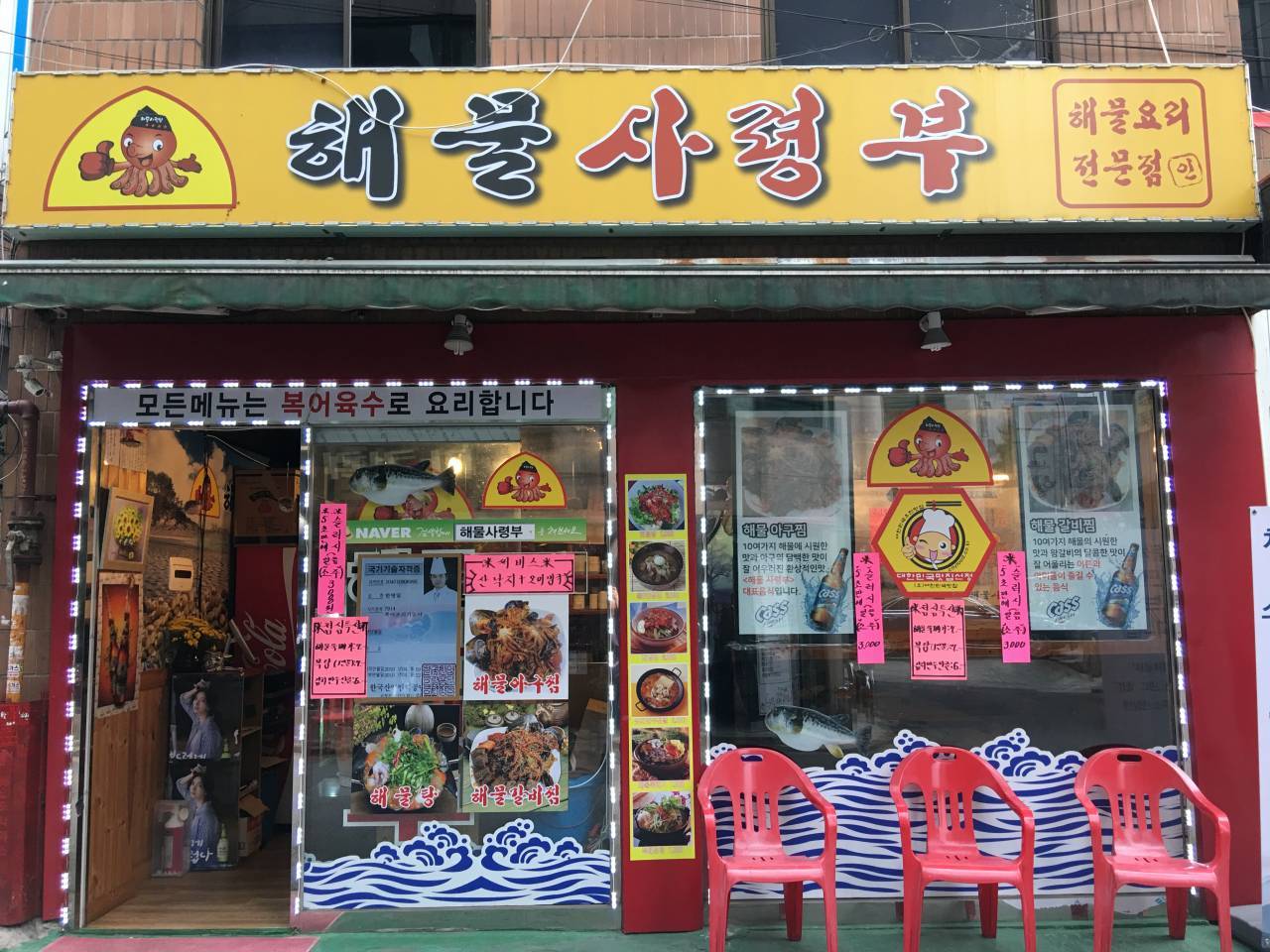
![Bando Camera - Myeong-dong Chungmu [Tax Refund Shop] (반도카메라 명동충무)](http://tong.visitkorea.or.kr/cms/resource/63/2878663_image2_1.jpg)
![Gentle Monster - Zeus Eyewear Myeong-dong Branch [Tax Refund Shop] (젠틀몬스터 제우스안경 명동(위탁))](http://tong.visitkorea.or.kr/cms/resource/15/2878615_image2_1.jpg)
![Zeus Eyewear - Myeong-dong Branch [Tax Refund Shop] (제우스안경 명동)](http://tong.visitkorea.or.kr/cms/resource/35/2878635_image2_1.jpg)
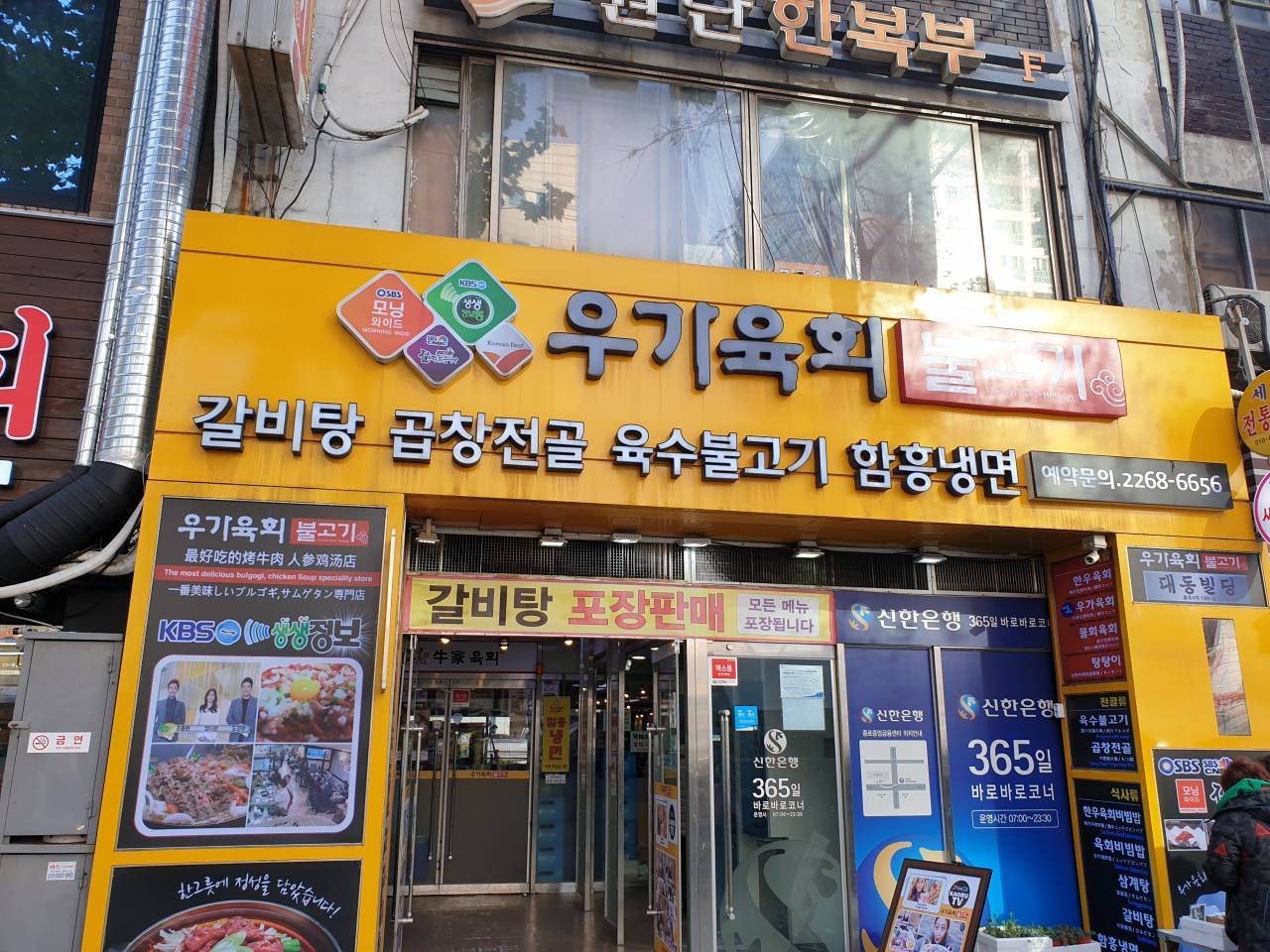

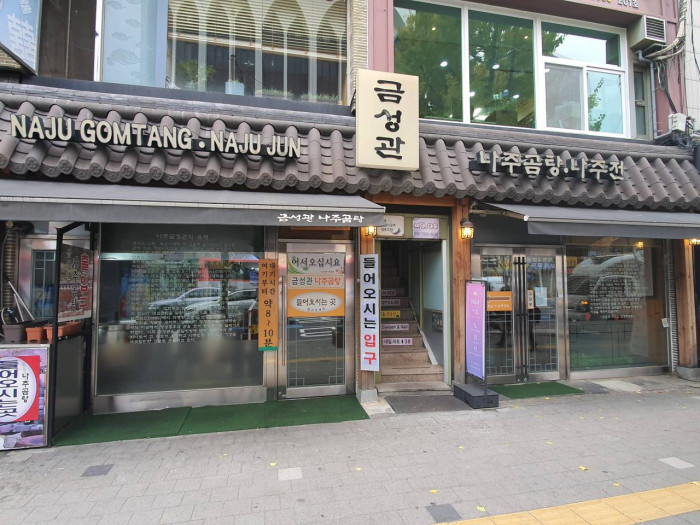
![Davich Optical - Myeongdong Branch [Tax Refund Shop] (다비치안경 명동점)](http://tong.visitkorea.or.kr/cms/resource/98/2878598_image2_1.jpg)
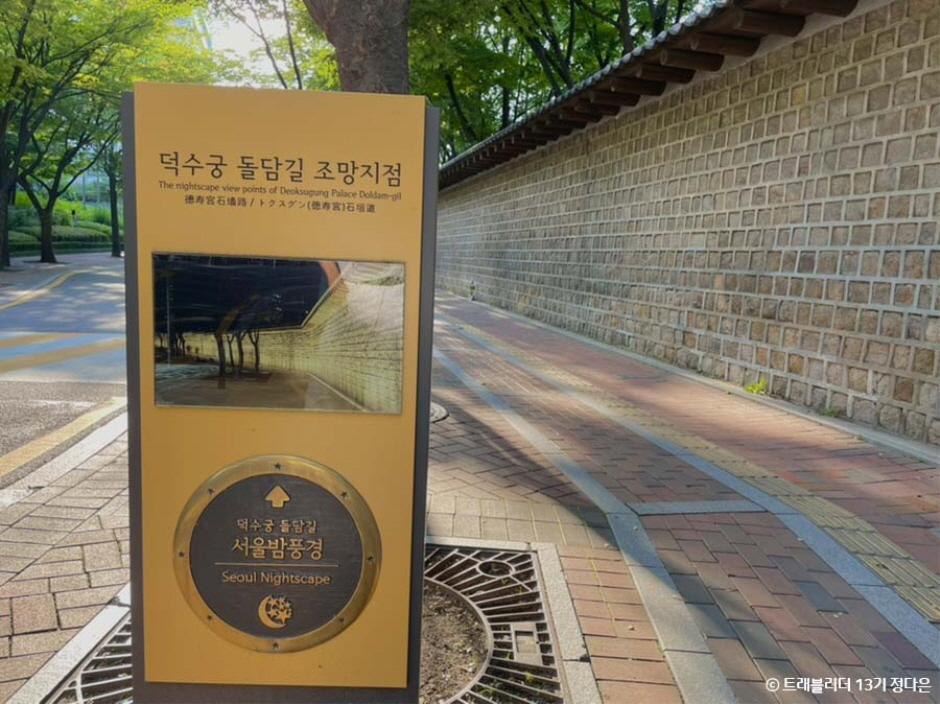
 English
English
 한국어
한국어 日本語
日本語 中文(简体)
中文(简体) Deutsch
Deutsch Français
Français Español
Español Русский
Русский